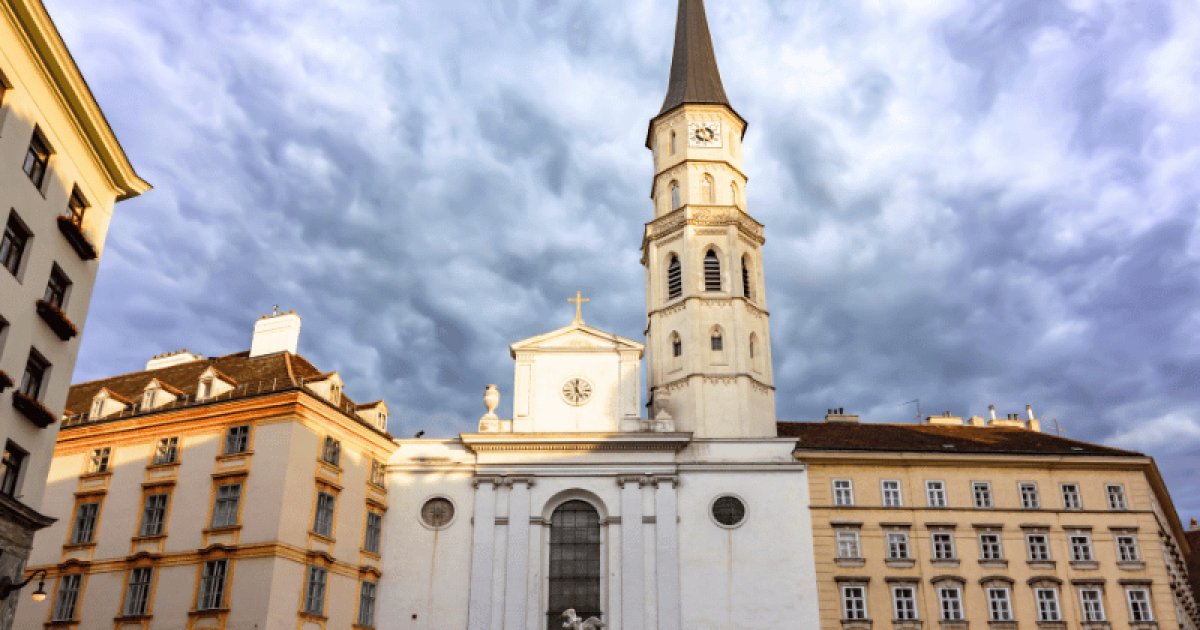HOFBURG, Josefsplatz And Augustinian Church
 Language: English / USA
Language: English / USA
Josefsplatz, the square dedicated to the Emperor Joseph, is one of the most beautiful in Vienna, because of the noble 18th-century architecture and refined elegance of all the buildings around it. The imposing buildings of the Hofburg compare here with some historic palaces of the aristocracy, forming an architecturally harmonious whole.
The most important building here is the National Library, with priceless illuminated and printed volumes displayed in rotation in the showcases of the Hall of Honor, one of the most thrilling rooms in the city. Conceived by the architects Fischer von Erlach, a father and son, it is a spectacular masterpiece of Viennese Baroque. Nearly 80 meters long, its shelves contain some 200,000 books, while Daniel Gran's scenic fresco depicting the glory of Emperor Charles VI, the library's patron, stretches across the ceiling.
The left side of Josefsplatz incorporates the former Augustinian Church, built in the 14th century and integrated into the Hofburg, which made it a favorite church for imperial ceremonies and weddings. Inside the church, in the chapel of St. Loreto, there is a crypt containing urns with the hearts of 54 members of the Habsburg family. This is why it is called the Crypt of Hearts. The bodies of the Habsburgs are buried in the Imperial Crypt under the Capuchin Church.
Now press pause and enter the church. Press play again when you come to a six-meter-high pyramid monument located along the right side.
It is the most famous tomb in the church, a masterpiece by Antonio Canova, commissioned in August 1798 by Prince Albert of Saxony to commemorate his wife Maria Christina. Prince Albert wanted to commemorate the charitable and welfare activities of his deceased consort, so he asked Canova to create several scenes: Charity leading a little girl and an old blind man to the tomb; Virtue carrying the vase with the deceased's ashes; and Happiness holding a medallion-portrait, surrounded by a snake biting its tail, a symbol of eternity. The work took Canova almost seven years to complete.
An interesting fact: The National Library contains a particularly precious artifact: the Tabula Peutingeriana, a 13th-century manuscript that faithfully reproduces a map of the Roman consular roads. This unique document is indispensable for learning about ancient geography.



